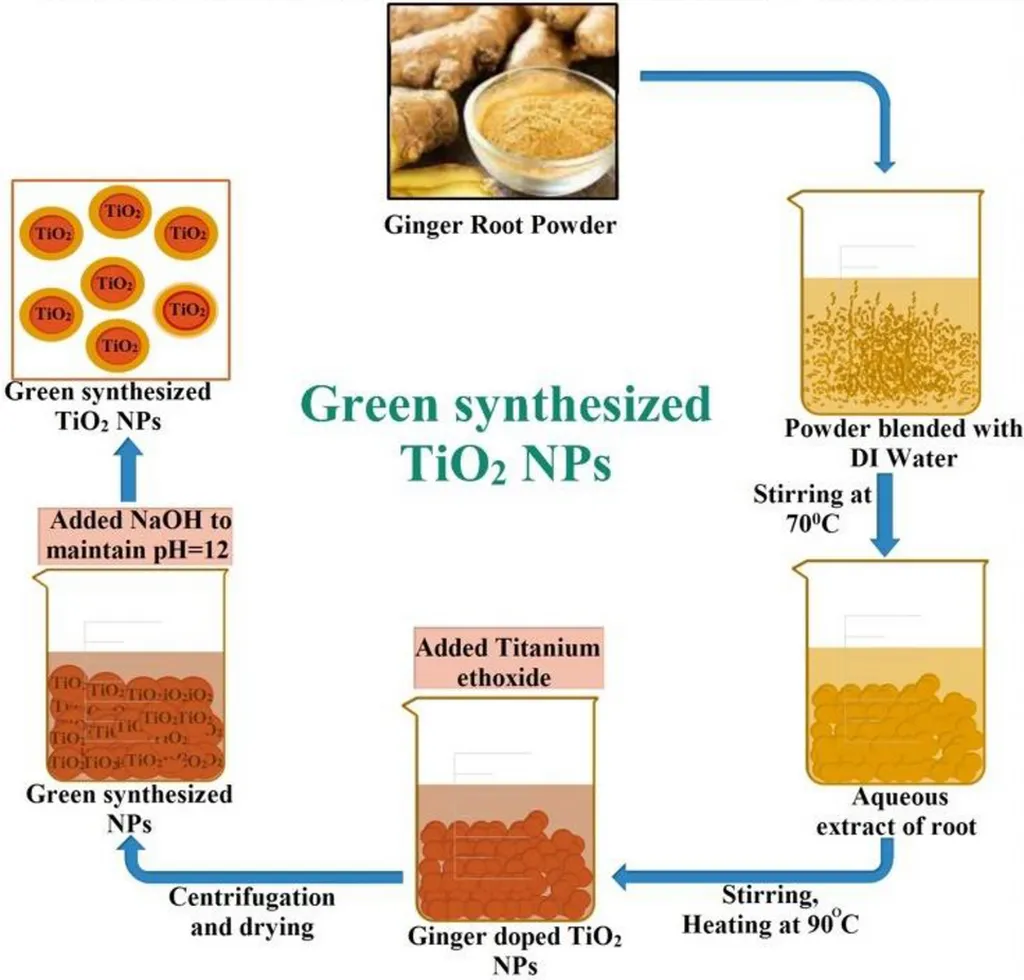In a groundbreaking development poised to impact both the energy sector and biomedical fields, researchers have unveiled a novel method to enhance the properties of TiO2 nanorods/carbon fiber (TNCF) using hydrogen doping induced by cold atmospheric-pressure plasma. The study, led by Xinyu Zhu from the College of Life Science at Hunan Normal University in Changsha, China, and published in *Nano Select* (which translates to *Nano Selection*), demonstrates significant improvements in field emission and cell compatibility, opening doors for innovative applications.
The research team employed a hydrothermal process to prepare TNCF and then treated it with a cold atmospheric-pressure Ar/H2 plasma jet to achieve hydrogen doping. This treatment not only modified the surface morphology but also introduced functional groups on the sample surfaces. “We observed nanoscaled protrusions at the top of TiO2 nanorods after the plasma treatment, which is a key factor in enhancing the material’s properties,” Zhu explained.
The hydrogen doping process lowered the band gap from 3.2 eV to 2.9 eV and reduced the work function from 4.97 eV to 4.71 eV. These changes led to a considerable improvement in the field emission property of TNCF, attributed to the reduced work function and a higher field enhancement factor. “The enhanced field emission properties make this material a promising candidate for advanced energy applications, such as field emission displays and electron sources,” Zhu added.
In addition to its potential in the energy sector, the study also highlighted the material’s improved biocompatibility. Cell attachment experiments revealed that hydrogen-doped TNCF (H:TNCF) exhibited more attached cells with a larger cell attachment area compared to the untreated TNCF sample. This finding suggests that H:TNCF could be a valuable material for biomedical applications, including tissue engineering and implantable devices.
The implications of this research are far-reaching. For the energy sector, the enhanced field emission properties of H:TNCF could lead to the development of more efficient and cost-effective electron sources, ultimately contributing to advancements in various energy technologies. In the biomedical field, the improved biocompatibility of H:TNCF opens up new possibilities for creating innovative medical devices and therapies.
As the world continues to seek sustainable and efficient solutions, the development of advanced materials like H:TNCF plays a crucial role. This research not only showcases the potential of hydrogen doping and plasma treatment but also paves the way for future advancements in both energy and biomedical applications. The study, published in *Nano Select*, serves as a testament to the ongoing innovations in materials science and their potential to shape the future.

